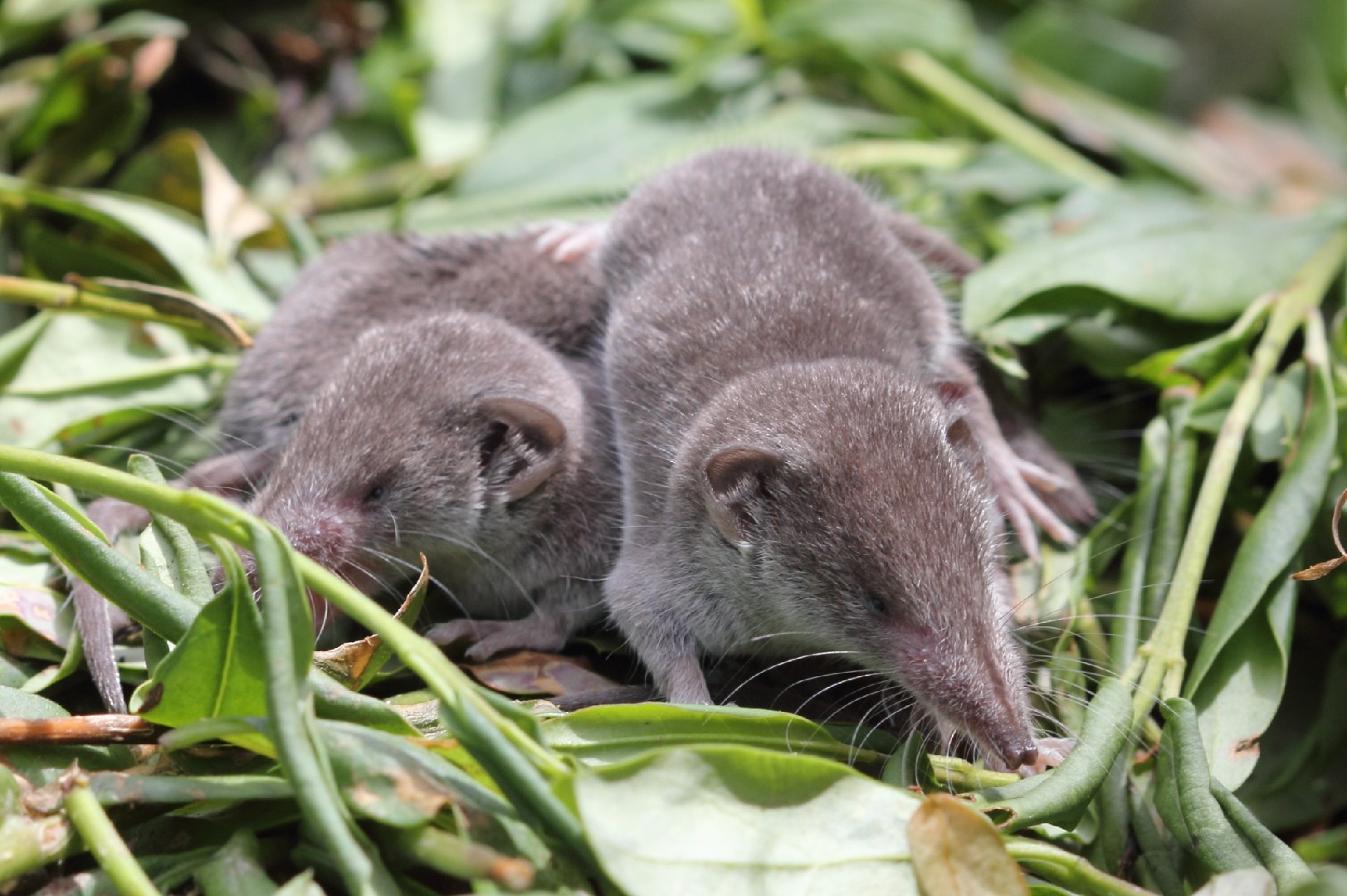Greater white-toothed shrew
A species of White-toothed shrews Scientific name : Crocidura russula Genus : White-toothed shrews
Greater white-toothed shrew, A species of White-toothed shrews
Scientific name: Crocidura russula
Genus: White-toothed shrews
Content
Description General Info
 Photo By Holger Casselmann , used under CC-BY-SA-3.0 /Cropped and compressed from original
Photo By Holger Casselmann , used under CC-BY-SA-3.0 /Cropped and compressed from original Description
The house shrew (Crocidura russula) is a mammal from the shrew family. It populates North Africa as well as Southwest and Central Europe.
General Info
Lifespan
2-3 years
Diet
Greater white-toothed shrew is predominantly insectivorous, with a pronounced preference for beetles. It also partakes in supplementary consumption of worms, spiders, and occasionally small mammals and birds, diversifying its diet based on availability.
Appearance
With a body length of 6-9 cm and tail of approximately the same length, greater white-toothed shrew is one of the smaller shrew species. It has a slender body and pointed snout, clothed in short, dense fur. Its upper parts are usually dark gray-brown while the underparts are paler. Fur around the eyes and on the feet is noticeably darker. Males and females appear similar, with no significant variations due to age or subspecies.
Behavior
Greater white-toothed shrew is predominantly a solitary and nocturnal species that prefers a terrestrial habitat. It is largely insectivorous, showing unique feeding behavior of paralyzing its prey first. Greater white-toothed shrew marks its territory by depositing feces at the borders. It shows intra-species aggression when defending its territory.
Population
Stable
Scientific Classification
Phylum
Chordates Class
Mammals Order
Soricomorpha Family
Shrews Genus
White-toothed shrews Species
Greater white-toothed shrew